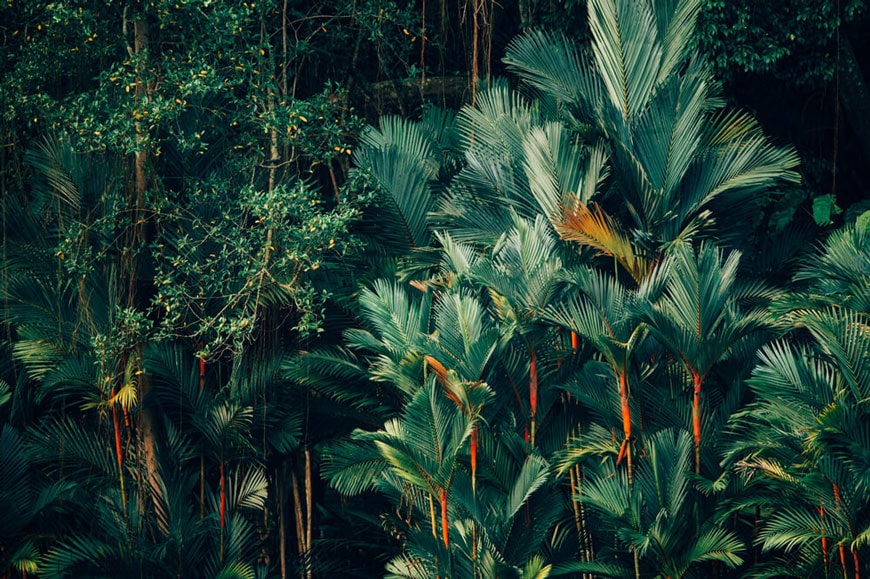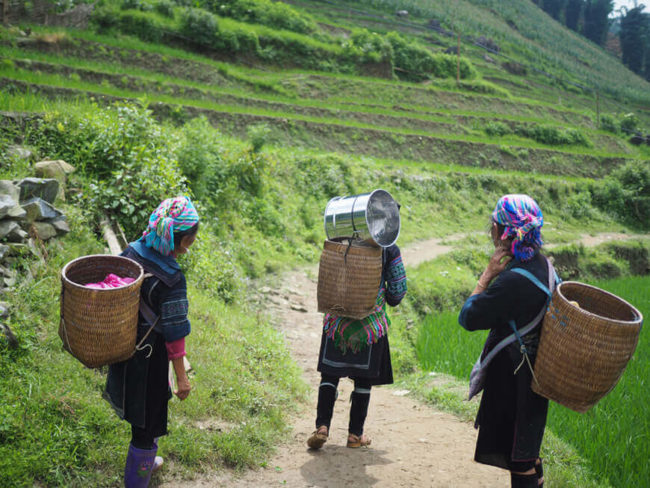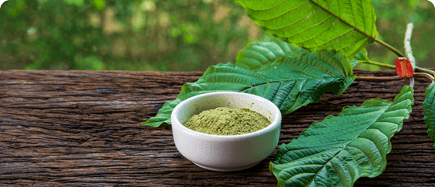You may have discovered Borneo kratom and kratom’s other varieties recently, such as Bali kratom or Thai kratom, or perhaps you are an experienced kratom aficionado. But do you know where this herb comes from, and what its future might be in the U.S.? Despite its recent growth of popularity in the United States, kratom has a rich origin history rife with controversial cultural changes and legal issues surrounding this popular ethnobotanical plant.
The Geographical Origins of Kratom
While a relatively new ethnobotanical in the U.S., Kratom has been around for centuries in other parts of the world. Kratom, also known by its botanical name of Mitragyna speciosa, is a Southeast Asian tree that grows in the tropical climates of Thailand, Malaysia, Indonesia, Borneo, Myanmar (Burma), New Guinea, and the Philippines. It has also been found in parts of Africa. The most well-known varieties come from Borneo kratom, Bali kratom, and kratom from Thailand.
The Origin of the Different Colors of Kratom
The Mitragyna speciosa tree is related to the coffee, or Rubiaceae family, and can grow up to a height of around 80 feet. The leaves can reach dimensions of 8 x 5 inches and typically start off green, changing to red and then becoming white or brown as they mature. These leaves are harvested and dried using various techniques that can intensify the green, red, or white-colored nature of the powder.
It is often claimed that the different colors of Borneo kratom have specific strengths or effects. However, this variation tends to be more a consequence of different batches sourced from different plantations, regions, and climates than the color of the leaf itself.
Where Most Commercial Kratom is Produced
The principal sources of farmed and wildcrafted Borneo kratom, Bali kratom, and kratom species from Thailand for U.S. buyers are Indonesia and the Indonesian parts of Borneo. This is due to the more favorable legal conditions surrounding the cultivation and export of kratom in Indonesia compared to the other Southeast Asian countries where it naturally grows.
Traditional and Contemporary Uses for Kratom
In the countries of Southeast Asia where kratom originated, the leaves were traditionally chewed or brewed into a tea to give rural laborers greater stamina as they worked long days in the fields. In the Twenty-First Century, kratom is used worldwide in whole-leaf and powdered form. Users in the United States burn Borneo kratom as incense and use it widely in its whole-leaf, powder, liquid, and resin form.
Why is Kratom so Popular in the United States?
Kratom contains two main alkaloid compounds that contribute to its simultaneously relaxing and stimulating properties. These are mitragynine and 7-hydroxymitragynine (7-HMG). As the National Institute on Drug Abuse states, mitragynine and 7-hydroxymitragynine “interact with opioid receptors in the brain, producing sedation, pleasure, and decreased pain, especially when users consume large amounts of the plant.” The NIDA has noted that, in small doses, mitragynine and 7-hydroxymitragynine produces “increased energy, sociability, and alertness instead of sedation.”
Although it has not been cleared for medicinal use by the FDA, many users treat kratom as a popular self-medication treatment for the management of chronic pain and withdrawal from alcoholism and other addictions. At Kratora, we sell Borneo kratom, Bali kratom, and kratom from Thailand for the purpose of burning as incense, making soap, and other uses not associated with human consumption.
The Future of Kratom
In order for kratom, such as Borneo kratom, to be authorized as a permitted drug by the FDA and permitted more widely across the U.S., scientific research and clinical trials must be undertaken to show its safety and effectiveness for treating specific conditions. Once there is a body of accepted evidence, it will be much easier for its use to be legalized and tracked through the medical system.
Buy Pure Kratom Powder from Kratora
Many of the issues with kratom use are related to mixed and adulterated kratom products and inappropriate usage. At Kratora, we go to great lengths to ensure that your kratom powder and other ethnobotanicals are 100% pure and organic, with no fillers or other substances present.
Please note that our Borneo kratom, Bali kratom, kratom from Thailand, and other ethnobotanicals are sold for incense, soap-making, and non-consumption purposes only. If you have any questions about product ordering and shipping, please contact us. Shop our pure kratom and ethnobotanicals online and experience the Kratora difference!
Want to learn more about kratom quality and value? Start here:
Why Buying Cheap Kratom Can Be Dangerous




